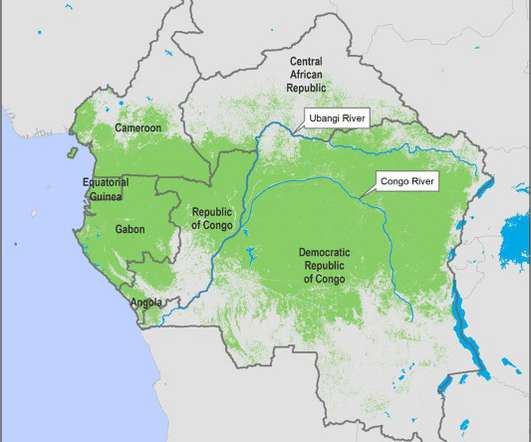What’s in a Name: Snipe Hunt
10,000 Birds
APRIL 7, 2017
Real snipe hunting, for those that partake of such practices, is a daytime activity that involves guns and being able to track the birds’ rapid flight from cover. It seems more likely that common practices like spotlighting and netting informed both the real and the prank hunters. – but don’t dig deeper.











Let's personalize your content